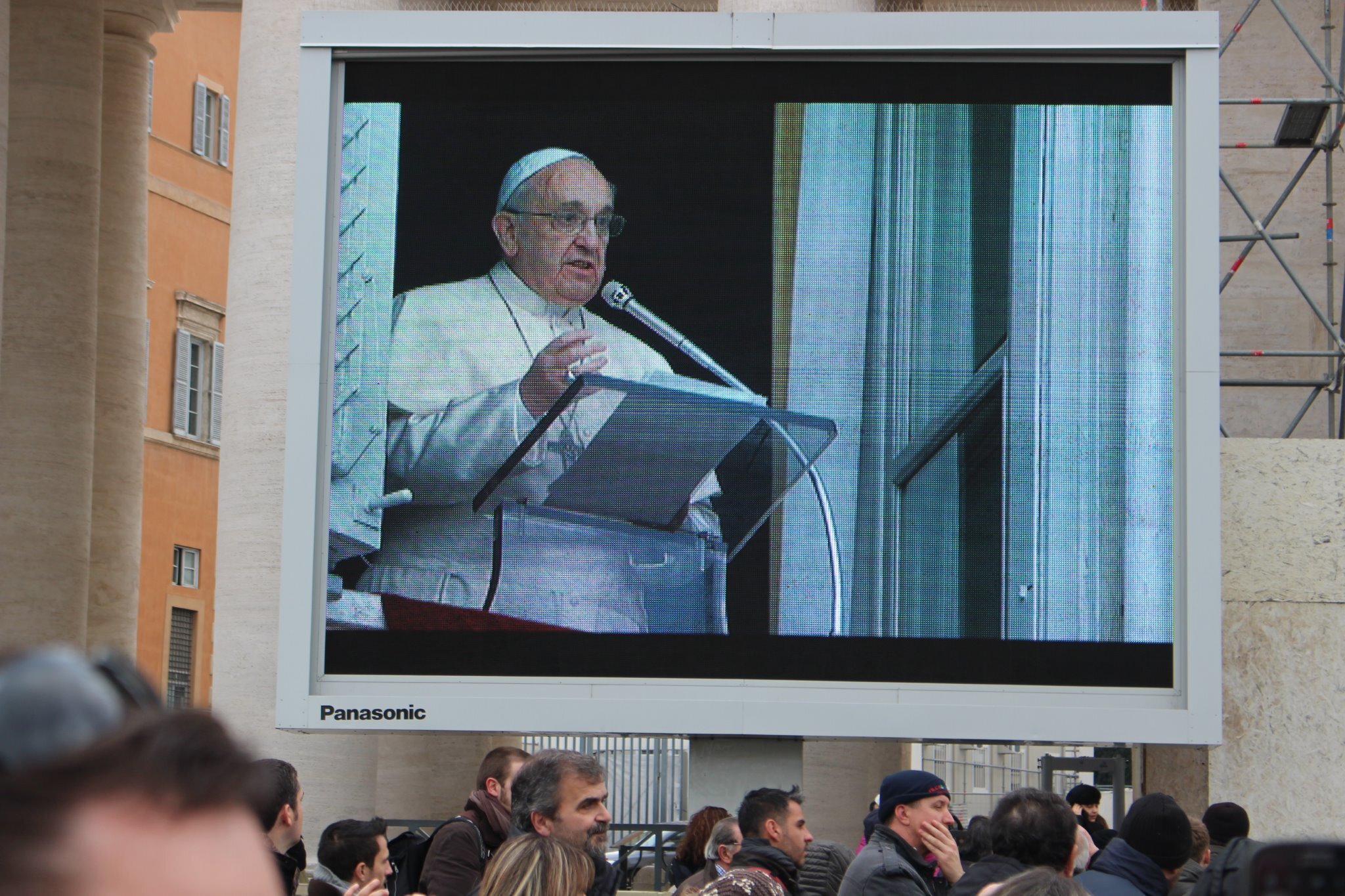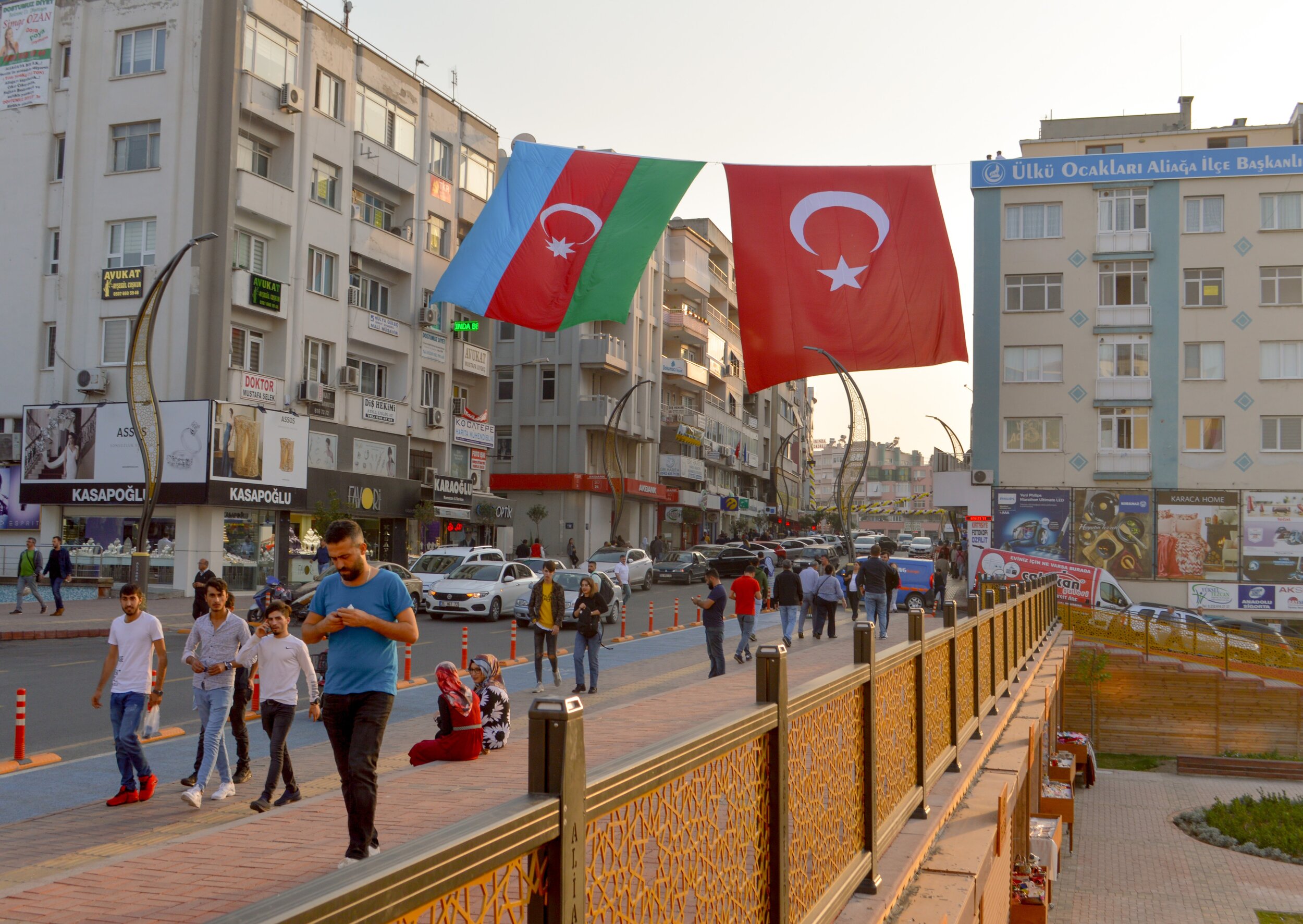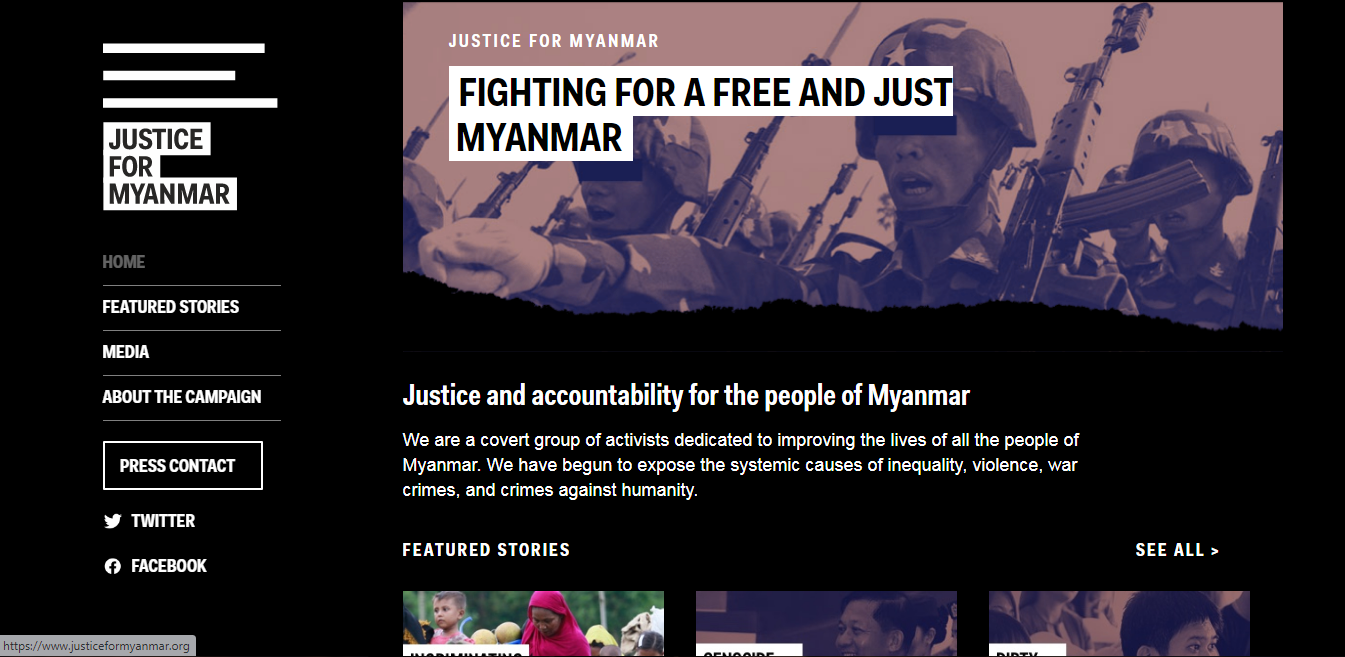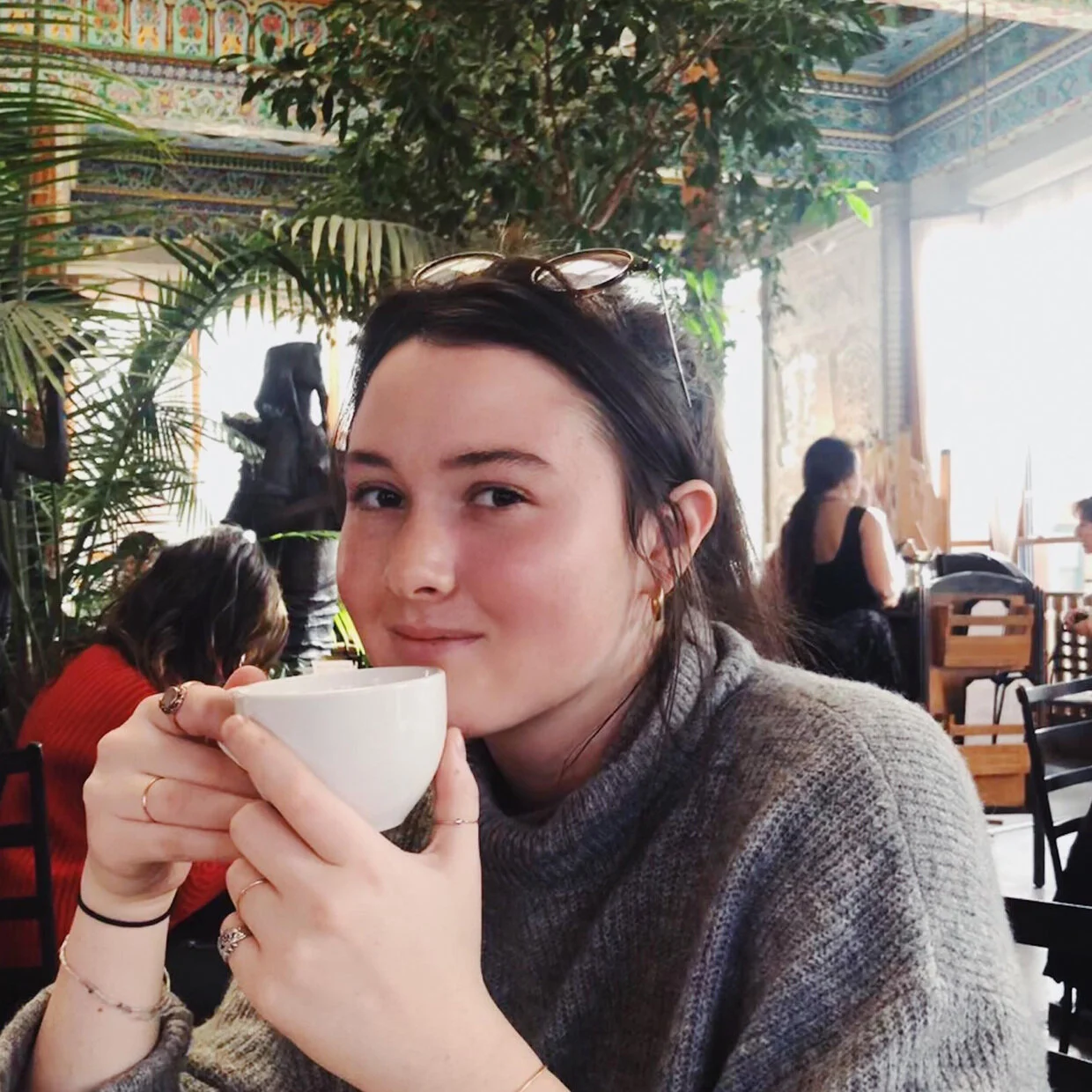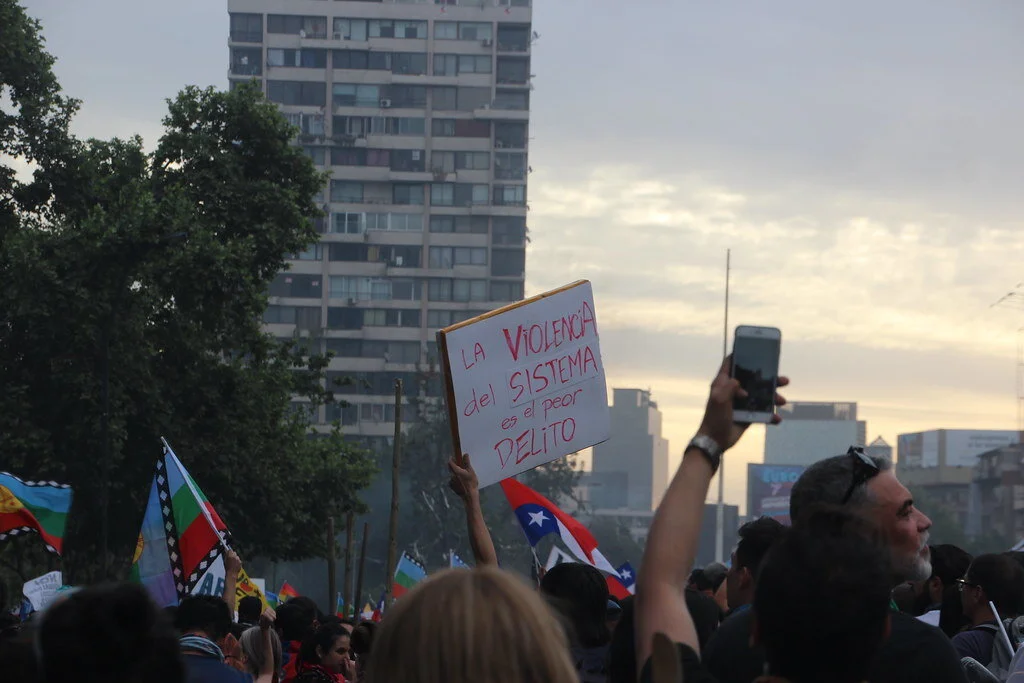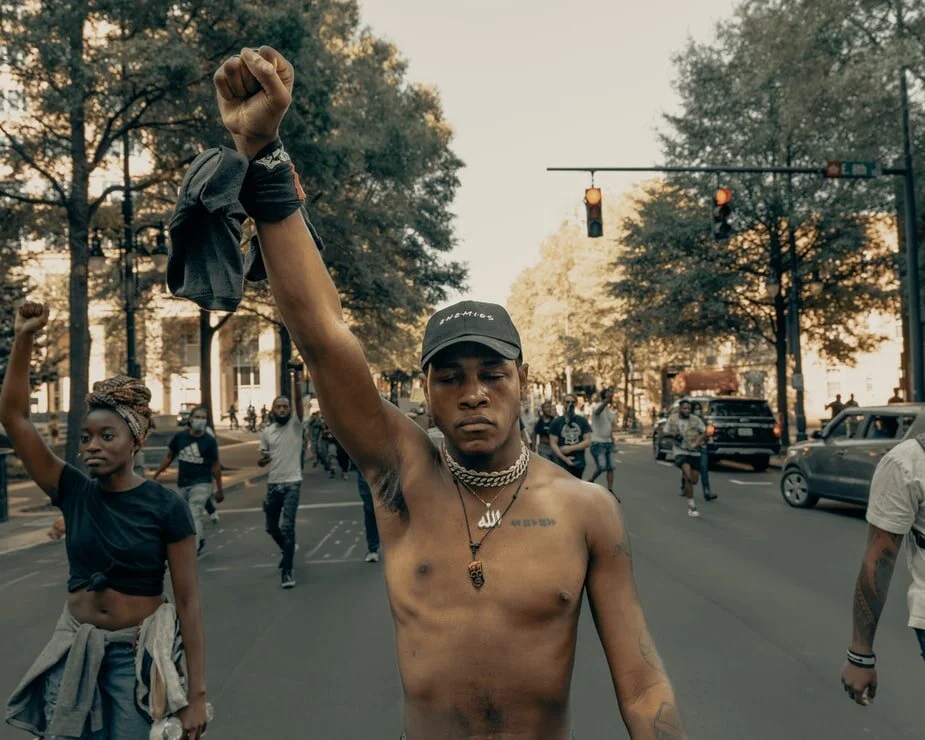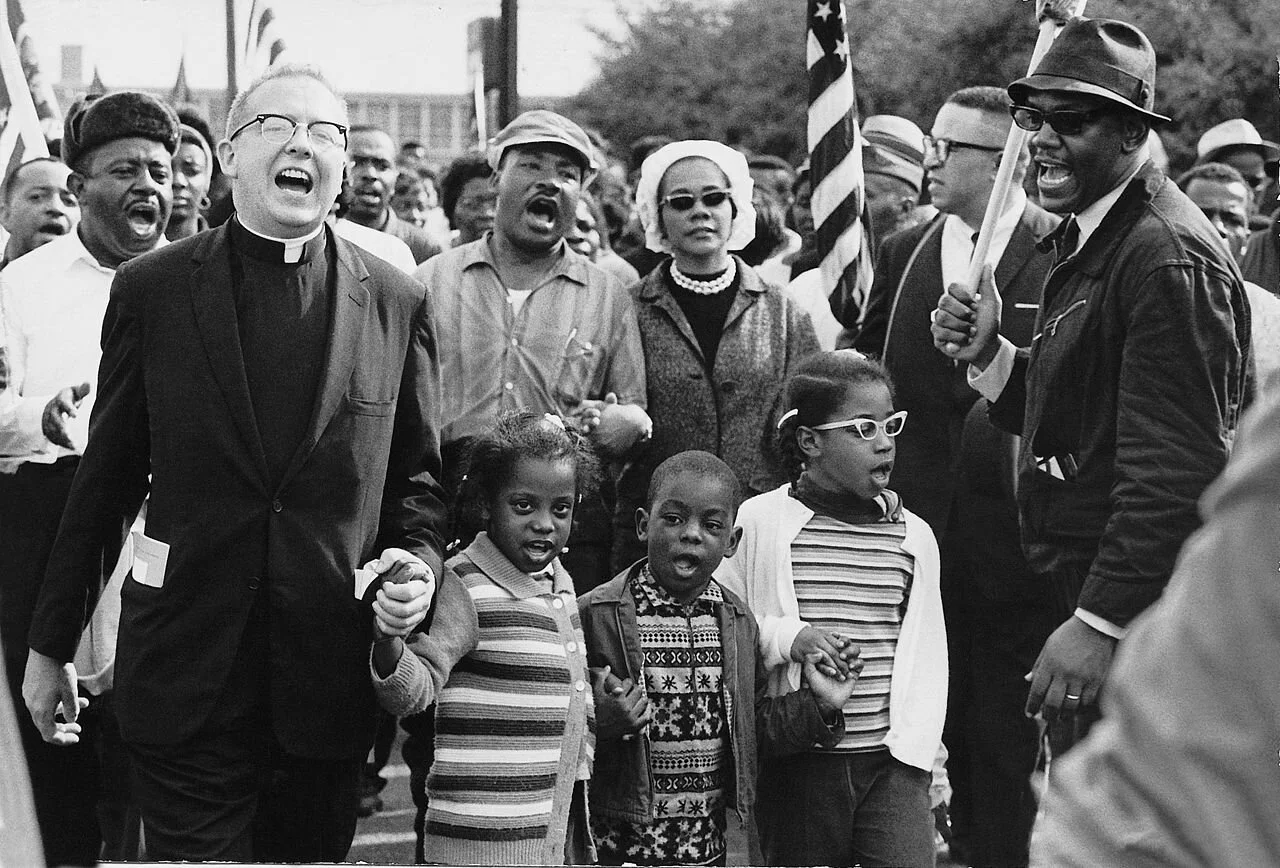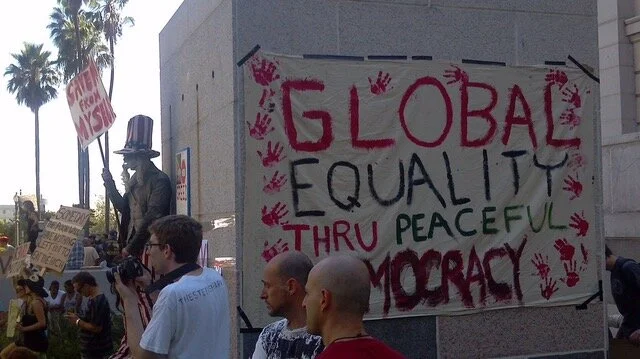In a late October referendum, New Zealanders voted in favor of legalizing euthanasia, the practice of allowing patients with an incurable and painful illness to terminate their life early. This binding act, which will go into effect on Nov. 6, 2021, will make New Zealand one of seven countries to permit the controversial practice. Assisted suicide, a similar practice which involves a physician aiding in ending a terminal patient’s life, is legal in a handful of jurisdictions, including Switzerland, Germany and several U.S. states.
The practice of euthanasia, while gaining support around the globe, is still considered controversial, especially among religious communities. The Roman Catholic Church, for instance, has condemned the practice, stating in the Catechism of the Catholic Church that: “Whatever its motives and means, direct euthanasia consists in putting an end to the lives of handicapped, sick or dying persons. It is morally unacceptable.” This opposition has resulted in a patchwork system of legal euthansia, assisted suicide or other means of voluntarily terminating one’s life.
New Zealand’s “End of Life Choice Act”
A view of Auckland, New Zealand’s most populous city. Pedro Szekely. CC BY-SA 2.0.
New Zealand’s referendum centered around whether or not the country should adopt the 2019 End of Life Choice Act. The law, which was originally introduced in October 2015 by member of Parliament David Seymour, permits voluntary euthanasia for patients confirmed by two doctors to have a terminal illness and be in the final six months of their lives.
“The motivation for this bill is compassion,” Seymour said in a press release from political party ACT New Zealand. “It allows people who so choose and are eligible under this bill to end their life in peace and dignity, surrounded by loved ones.”
While public opinion in New Zealand over the last two decades has averaged around 68% annually in support of legalized euthanasia, opponents to the practice have succeeded in shooting down similar legislation. Two iterations of the Death with Dignity Bill and a previous iteration of the End of Life Choice Bill, which outlined similar euthansia legalization statuses to the one voted on last month, failed to make it through Parliament in 1995, 2003 and 2012, respectively.
The main opposition force to euthanasia in New Zealand has been The Care Alliance, an organization which was created shortly after the introduction of the 2012 End of Life Choice Bill. It advocates for “better end-of-life care and assisted living services for people at the end of life or who require assistance to live” with the belief that “a compassionate and ethical response to suffering does not include euthanasia or assisted suicide.”
The current End of Life Choice Act is set to go into effect on Nov. 6, 2021, which allows for a one-year implementation period to take place immediately after the results of the referendum were finalized on Nov. 6, 2020.
Bans on Euthanasia Around the Globe
A crowd listens as Pope Francis delivers Sunday Angelus. Greg Sass. CC BY-NC-SA 2.0.
As of November 2020, euthanasia in any form is explicitly banned in countries on every continent. While each country has its own reasons for banning the practice, one standard which has inhibited further global legalization has been the United Nations’ International Covenant on Civil and Political Rights, which states that “Every human being has the inherent right to life. This right shall be protected by law. No one shall be arbitrarily deprived of his life." This has been interpreted by many in opposition to euthanasia as a standard to abide by.
Many within the religious community have opposed euthanasia for years. Many denominations of Christianity, including Episcopalianism, Lutheranism, the Eastern Orthodox Church and the aforementioned Catholicism, have all condemned the practice as a form of murder.
While Islam does not explicitly prohibit euthanasia, the practice is considered to be in direct opposition to Islamic law. Several passages from the Quran have been interpreted in such a manner, including “And do not take any human being’s life—which Allah has made sacred save with right” and “Do not kill yourselves: for verily Allah is to you most merciful.” This has resulted in euthanasia being a crime in nearly all majority-Muslim countries.
Other world religions, such as Judaism, Buddhism and Hinduism, are still debating the ethics of euthanasia. Generally, these debates center around a conflict between a divine right to life and the increasing trend toward global secularism.
Euthanasia’s Patchwork Legality
The flag of the World Health Organization. United States Mission Geneva. CC BY-ND 2.0.
Euthanasia in any form and assisted suicide are legal in at least one country on every continent except Africa. Belgium, Canada, Colombia, Luxembourg, the Netherlands, and the Australian state of Western Australia are the most permissive places for euthanasia, allowing for the active form of the practice, which involves an incurably ill patient receiving terminal care.
Passive euthanasia, the practice of refusing medical treatment and receiving appropriate pain management, is more broadly legal, primarily in the Western world but also in India, South Korea, Argentina and Chile.
The Australian state of Victoria and the countries of Germany and Switzerland permit assisted suicide. This practice differs from both active and passive euthanasia in that a physician is not the one terminating a patient’s life, but rather aids a patient as they terminate their own life. In the United States, assisted suicide is legal in the District of Columbia, California, Colorado, Hawaii, Maine, New Jersey, Oregon, Vermont and Washington state. Additionally, the legal status of assisted suicide in Montana is disputed due to an unclear court ruling in 2009.
With the ongoing pandemic and renewed discussions on the ethics of ending one’s life, euthanasia remains a hotly debated issue which likely will not go away any time soon.
Jacob Sutherland
is a recent graduate from the University of California San Diego where he majored in Political Science and minored in Spanish Language Studies. He previously served as the News Editor for The UCSD Guardian, and hopes to shed light on social justice issues in his work.



